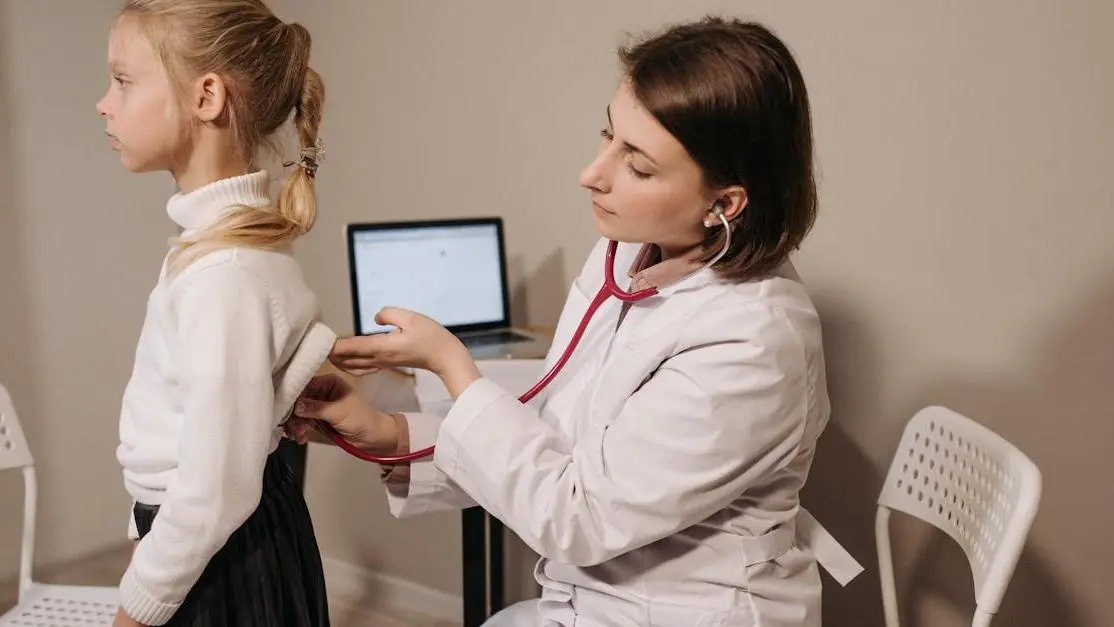Pediatric dental emergencies are sudden dental issues affecting children, such as toothaches, chipped teeth, and knocked-out teeth.
These require prompt attention to maintain oral health and minimize discomfort.
In this guide, you'll learn about:
- Common causes of pediatric dental emergencies.
- Steps to handle emergencies effectively.
- Prevention strategies to avoid future incidents.
Looking for emergency dental care? Learn more about our fast, reliable 24/7 emergency dental care.
Understanding Pediatric Dental Emergencies
Pediatric dental emergencies can happen in an instant. They often involve intense pain or damage to a child’s teeth. Recognizing these emergencies early and knowing what steps to take can save a lot of stress—and pain for your child. Toothaches, chipped teeth, and knocked-out teeth top the list of common incidents. Each demands fast, informed action.
Toothaches
Toothaches often signal underlying issues like cavities or infections. If left unchecked, these can escalate, causing more serious complications. It’s crucial to be vigilant and seek help swiftly to keep infections from spreading. Rapid treatment can prevent conditions like abscesses, which can be quite uncomfortable for your child.
Fractured or Chipped Teeth
Fractured teeth need immediate attention to avoid nerve exposure or infections. Quick responses can ease discomfort, and early intervention often limits any negative impact on a child’s oral development.
Knocked-Out Teeth
When a permanent tooth is knocked out, time is of the essence. Replantation success is highest when managed within an hour. Immediate action significantly enhances the chances of saving the tooth, relieving future stress and discomfort.
Swift handling of these emergencies can reduce pain, prevent further injury, and promote healing. Stay informed and ready to act.
Common Causes of Pediatric Dental Emergencies
Understanding what causes these emergencies helps protect your child from potential hazards. Here are common scenarios that lead to sudden visits to a dentist.
Physical Activities and Play
Kids are active—and accidents happen. Whether due to sports or simple playtime, dental injuries are common. Here are ways these incidents occur:
- Injuries from Sports: Sports remain a leading cause of dental trauma. Mouthguards significantly lower the risk of injury but are often overlooked.
- Falls and Accidents: Young children tend to fall, leading to tooth injuries. Ensuring safe play areas and proper supervision can minimize these risks.
Tooth Decay
Unchecked tooth decay weakens teeth and sets the stage for fractures or breaks. Encourage consistent dental hygiene to lower cavity risk, which in turn, reduces emergency visits.
Prevention at Home
Equip your home with basic dental care supplies and teach your children the importance of oral hygiene. Regular brushing, flossing, and check-ups are great defenses.
Being proactive about your child’s dental health creates a safer environment and helps dodge potential emergencies. Playing it safe means fewer trips to the dentist outside scheduled check-ups.
How to Handle Pediatric Dental Emergencies
When a dental emergency strikes, your immediate actions can make a difference. Knowing how to respond calms the situation and minimizes damage.
Quick Response Guide
- Toothaches: Rinse the mouth with warm water and use a cold compress to reduce swelling. Avoid aspirin on gums—it could irritate sensitive tissue.
- Knocked-Out Teeth: Handle the tooth by the crown, not the root. Rinse off dirt gently but don’t scrub. Place it in milk or a tooth preservation product and get to the dentist within an hour.
- Chipped/Fractured Teeth: Clean the mouth with warm water. Apply a cold compress to control swelling and reach out to professional care promptly.
Maintain Calm
Your demeanor can greatly influence your child’s response. Calmly administering first aid assures your child that everything is under control, making the experience less traumatic.
Preparedness is key. Equipping yourself with the know-how ensures you handle emergencies effectively until professional help is accessible.
Importance of Prompt Treatment
Addressing pediatric dental emergencies quickly can make all the difference between a straightforward fix and a complicated ordeal. Swift care in our facility eases pain and stops problems from escalating—helping avoid more serious health issues.
Why It Matters
- Reducing Pain: Immediate care greatly reduces discomfort for your child. Using techniques like local anesthesia allows treatments to proceed smoothly, often pain-free.
- Preventing Damage: Addressing issues quickly safeguards against infections and damage to growing teeth and gums. Early interventions mean easier and less extensive treatments.
- Restoring Function: Fast response restores dental function, which affects your child’s ability to eat, speak, and smile confidently.
Prompt action supports your child’s oral—and overall—health. Prioritizing timely treatment sets them on the path to lifelong dental wellness.
Role of Painless Dentistry in Emergencies
Addressing pediatric dental emergencies seamlessly isn't just about speed. It's about ensuring comfort. At Cookstown Dental Centre, our focus on painless dentistry means using advanced techniques and technologies to create a stress-free environment for your child. This makes a significant difference during emergencies when anxiety levels can skyrocket.
Why Painless Dentistry Matters:
- Calming Techniques: Our approach minimizes discomfort by forgoing traditional syringes. We use methods that are less intimidating, making children less anxious during treatments. This comfort can make all the difference in an emergency.
- Swift Action, Less Fear: Painless procedures enable us to act quickly without causing additional distress. By using sedation and local anesthesia, we control pain and facilitate faster, more effective interventions.
- Building Trust: Positive experiences shape how children perceive dental care. When their dental emergency is managed smoothly and painlessly, their trust in oral healthcare grows. This trust reduces fear for future visits.
When dealing with a pediatric dental emergency, comfort is crucial. It influences the treatment's success and your child’s well-being. Our painless approach aims to ensure both—turning emergency visits into positive experiences.
When to Visit an Emergency Pediatric Dentist
Recognizing when a situation calls for professional intervention can impact the outcome. Not every issue demands immediate attention, but knowing when to seek care is essential for your child's health.
Signs You Need a Dentist ASAP:
- Persistent Swelling: If swelling doesn't reduce or is accompanied by fever, this could indicate an infection requiring urgent care.
- Severe Toothache: When pain is continuous or worsening, it could be a sign of underlying issues needing early intervention to prevent further complications.
- Knocked-Out Permanent Tooth: Time is critical. Visit us immediately to increase the chances of saving the tooth. Quick response can mean the difference between saving the tooth and long-term replacements.
- Visible Breaks or Fractures: If a tooth visibly breaks, getting immediate help prevents infections and further damage.
- Difficulty Breathing or Swallowing: Any dental issue that interferes with breathing or swallowing demands emergency care right away.
Being proactive and informed can prevent minor issues from becoming major problems. We’re here to help ensure that your child receives the care they need when it matters most.
Tips for Preventing Pediatric Dental Emergencies
While emergencies are sometimes unavoidable, there are steps you can take to reduce risks and protect your child's smile. Prevention is always better than a cure—so here’s how to keep those teeth safe.
Practical Prevention Tips
- Use Mouthguards: These are essential for sports and high-energy activities. They’re effective in preventing injuries to teeth and lips.
- Instill Good Habits: Encourage daily brushing and flossing to keep decay at bay, making teeth less susceptible to fractures.
- Regular Dental Check-Ups: Consistent visits allow us to catch potential problems early. We can guide you with personalized advice based on your child’s unique needs.
- Childproof Your Home: Remove hazards such as sharp corners and ensure floors are clutter-free to avoid falls that may result in dental injuries.
- No Teeth as Tools: Teach your children to avoid using their teeth to open packages or cut strings—this can lead to chips and fractures.
Prevention strategies can save your child from unnecessary pain and visits. Adopting these tips fosters long-term dental health and saves you stress in the heat of the moment.
Conclusion
Navigating pediatric dental emergencies can be daunting, but focusing on readiness and comfort makes a difference. By understanding what constitutes an emergency, using painless methods, and investing in prevention, you’re safeguarding not just your child’s teeth but their overall well-being. Your proactive approach plays a crucial role in keeping those smiles bright and healthy.
Looking for emergency dental care? Learn more about our fast, reliable 24/7 emergency dental care.

